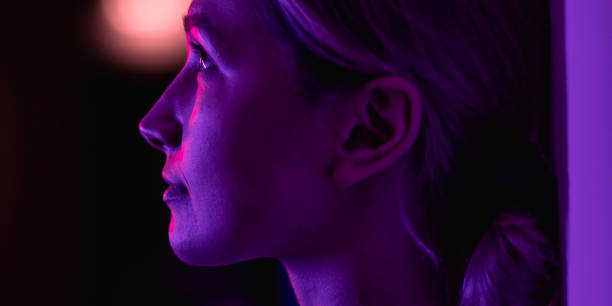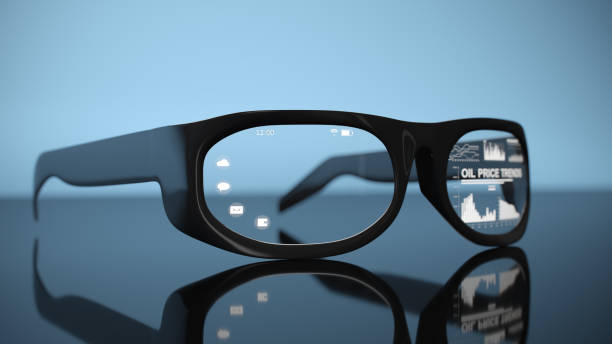"Breaking the Fourth Wall: Provocative Innovation in Modern Cinema"
Introduction: Step into a world where the boundaries of fiction and reality blur. The unconventional technique of breaking the fourth wall is reshaping the way we experience films. The concept of breaking the fourth wall has its roots in theater. It's a term used when a character acknowledges their fictionality, directly addressing the audience or making them aware of their existence in a performance. This device was first popularized in the 16th century by playwrights such as Shakespeare, who often had characters deliver soliloquies to the audience, thus shattering the invisible wall separating them.

In cinema, the practice was initially met with resistance, seen as a gimmick that disrupted the immersive experience. However, over time, filmmakers began to recognize the potential of this narrative technique as a tool for audience engagement and commentary.
The Cinematic Canvas: Current Trends
The use of the fourth wall break in modern cinema is now more prevalent than ever, with directors using it in innovative and thought-provoking ways. Films like “Deadpool” and “The Big Short” have utilized this technique to create a satirical commentary, while others like “House of Cards” use it to provide a chilling insight into a character’s mind.
This trend has been further propelled by the rise of streaming platforms, which are providing filmmakers with more creative freedom to experiment with unconventional narrative techniques.
The Impact: A Paradigm Shift in Storytelling
The impact of breaking the fourth wall extends beyond shock value. It challenges the traditional norms of storytelling, encouraging viewers to question their role as passive observers. It invites audiences to interact with the narrative and characters, creating a more engaging and immersive viewing experience.
Moreover, it’s a potent tool for social critique. By shattering the illusion of reality, filmmakers can highlight the artificiality of certain societal constructs, prompting viewers to think critically about their world.
The Reception: Audience and Critic Perspectives
The use of this narrative technique has sparked a wide range of reactions. Some viewers appreciate the innovative approach and find it refreshing, while others argue it disrupts the suspension of disbelief essential for immersive storytelling.
Critics, on the other hand, often praise its use as a mark of creative genius. They recognize its potential as a medium for poignant commentary and as a tool to push the boundaries of conventional storytelling.
Looking Ahead: The Future of Fourth Wall Breaks
The trend of breaking the fourth wall in cinema shows no sign of slowing down. With a growing appetite for unconventional narratives and an increasing number of platforms willing to take risks, we can expect to see more films utilizing this technique in novel and exciting ways.
In conclusion, breaking the fourth wall is not just a narrative device; it’s a powerful tool that is reshaping the landscape of modern cinema. By challenging traditional norms and engaging viewers in new ways, it’s pushing the boundaries of storytelling and paving the way for a new era of innovative filmmaking.





